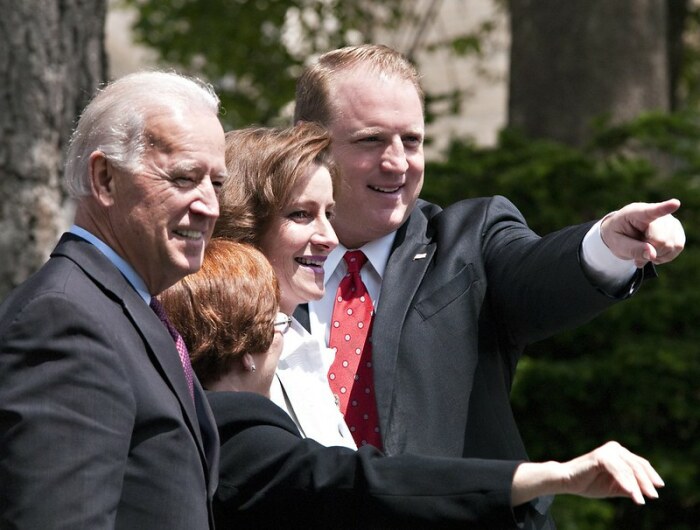President Joe Biden appointed former Iowa Governor Chet Culver to the Federal Agricultural Mortgage Corporation’s board of directors this week. Assuming Culver is confirmed by the U.S. Senate, it will be his second term on the Farmer Mac board. President Barack Obama named Culver to the board in 2011, and the Senate confirmed him by voice vote in March 2012. President Donald Trump removed Culver from the position in December 2019, replacing him with LaJuana Wilcher, the current board chair.
Farmer Mac is structured as “a corporate instrumentality of the United States,” chartered by Congress following the 1980s farm crisis. Presidential appointees comprise five of its fifteen board members; they have no defined term, but at most three of the five can be from one political party. Stockholders associated with various financial institutions elect the other ten members, who hold one-year terms but can be re-elected with no term limits. Culver received $120,163 in total compensation for 2019, his last year on the Farmer Mac board.
Longtime Iowa politics watchers will recognize the name of the board’s current vice chair: Lowell Junkins, a onetime Iowa Senate majority leader who was the Democratic nominee for governor in 1986.
Farmer Mac describes itself as “the premier secondary market for U.S. agricultural credit,” giving “lenders access to flexible, low-cost financing and effective risk management tools to help their farm, ranch, and rural utility customers.” David Pitt reported for the Associated Press on July 16,
“The bottom line is we want to make sure capital is flowing to rural America to farmers, to rural communities, to co-ops. Any rural-based business or industry can benefit from Farmer Mac,” Culver said. “I want to make sure that continues into the future and that’s another reason I’m privileged and honored to serve.”
Culver endorsed Biden for president before the 2020 Iowa caucuses, saying he was “best positioned to defeat Donald Trump.” As governor during the late 2000s, Culver worked with then Vice President Biden to secure federal relief funds following the 2008 floods. Stephen Gruber-Miller reported for the Des Moines Register in January 2020,
Biden has spoken recently on the campaign trail about campaigning in Iowa for Culver’s father, former U.S. Sen. John Culver, in the 1970s. The elder Culver served in the U.S. Senate with Biden from 1975 to 1981. He died in 2018.
Culver said he’s known Biden most of his life thanks to his father’s close friendship with his former senate colleague.
“Throughout my father’s life he continued to stay in touch with his friend Joe Biden, and so I had several opportunities over the years to get to know him and his sons and his wife very well. And I really have always valued his friendship, and I know my father did as well,” Culver said.
Relevant portion of the White House news release announcing Culver’s appointment on July 13:
Chester John Culver, Nominee for Member of the Board of Directors of the Federal Agricultural Mortgage Corporation
Chet Culver served as the 40th Governor of Iowa from 2007 to 2011. Under his leadership, Iowa successfully managed a $6 billion annual budget, earned a “Triple A” bond rating, and built up one of the largest budget surpluses in the nation. As governor, Culver led Iowa to become the renewable energy capital of the United States.
A public servant for over 25 years, Culver previously served on the Federal Agricultural Mortgage Board during the Obama Administration. He also served as the Secretary of State of Iowa from 1999 to 2007 and was a former teacher and coach in his community. Culver founded the Chet Culver Group, an energy sector consulting firm, in 2011.
Top image: Then Vice President Joe Biden appearing at a rally for Iowa Governor Chet Culver on May 18, 2010. Then First Lady Mari Culver stands next to her husband, and then Lieutenant Governor Patty Judge stands next to Biden. Photo originally published on the IowaPolitics.com Flickr feed, available under the Creative Commons CC0 License via Wikimedia Commons.

